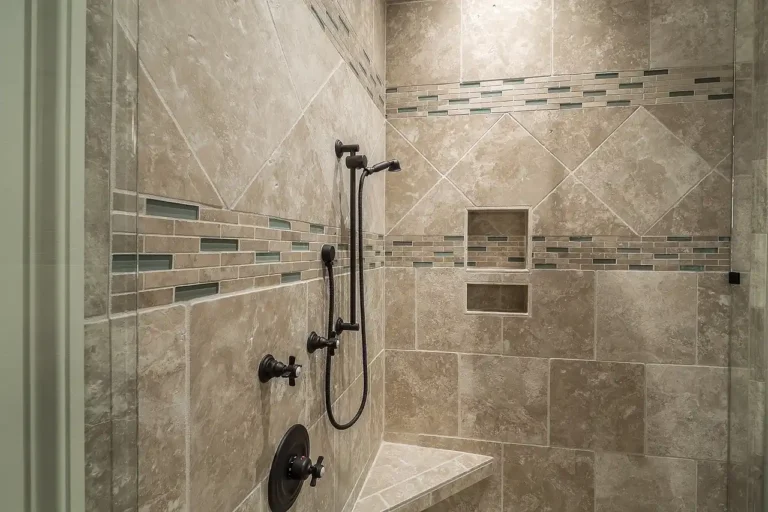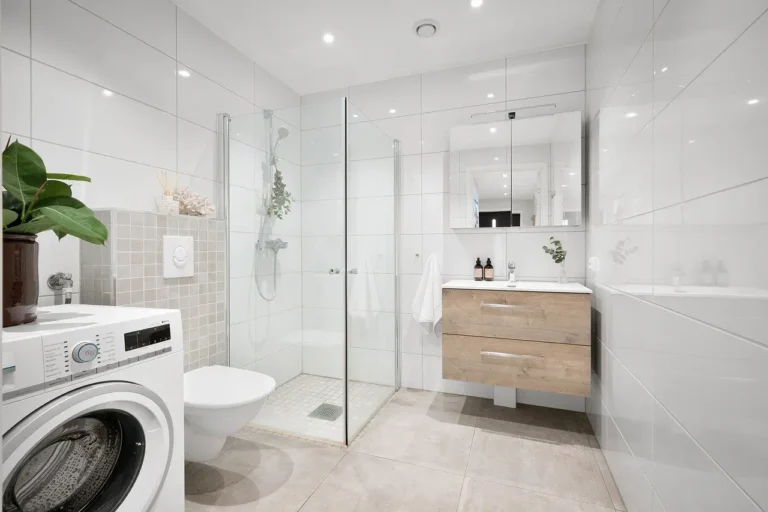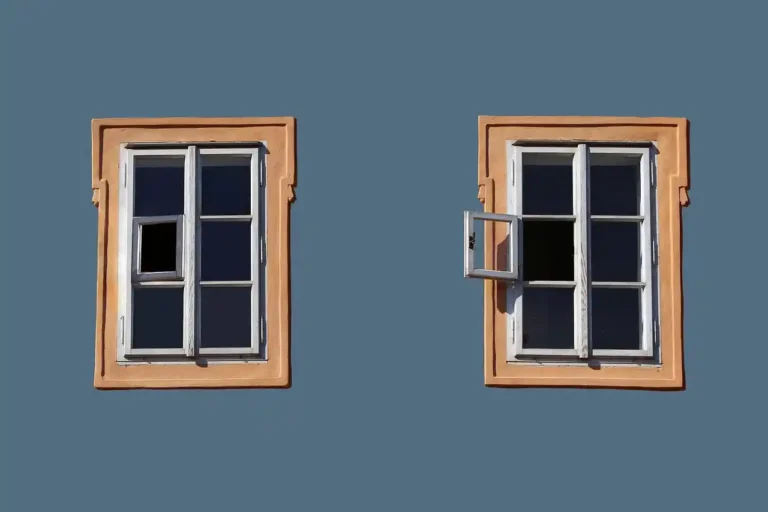If you’ve ever stared at a leftover can of ceiling paint and wondered, “Can I use this on my walls?” you’re not alone. Many homeowners face this dilemma, especially when there’s a surplus of ceiling paint after a project. The idea of saving time and money by repurposing materials sounds appealing, but is it a good idea to use ceiling paint on walls?
In this article, I’ll dive into the key factors that will help you determine whether ceiling paint can be used on your walls. From the composition of ceiling paint to the potential impact on durability and aesthetics, I’ll cover everything you need to know. By the end, you’ll have a clear understanding of whether it’s worth using ceiling paint for your walls and if it’s a viable option for your next home improvement project.
Understanding the Differences Between Ceiling Paint and Wall Paint

Before we even discuss whether ceiling paint can be used on walls, it’s crucial to understand the differences between ceiling paint and wall paint. While both may appear similar at first glance, they serve different purposes and are formulated differently.
Formulation and Composition
Ceiling paint is typically designed with a few key features that make it ideal for ceilings. These include a thicker consistency and a formulation that helps minimize splattering during application. It’s also often flat or matte in finish, which helps to hide imperfections in ceilings.
On the other hand, wall paint is formulated to withstand the wear and tear that walls face on a daily basis. Wall paint is often more durable, has a wider range of finishes, and is designed to resist stains and moisture. While ceiling paint may have some of these qualities, it often lacks the durability needed for high-traffic areas like walls.
Finish and Texture
Most ceiling paints come in a flat or matte finish. This finish helps to minimize the appearance of imperfections such as cracks, seams, and other irregularities often present in ceiling drywall. In contrast, wall paints come in various finishes, such as satin, eggshell, semi-gloss, and even high-gloss. These finishes not only add aesthetic appeal but also offer practical benefits, such as improved resistance to dirt and easier cleaning.
Durability and Longevity
Durability is one of the most important factors when deciding whether to use ceiling paint on walls. Since walls tend to experience more contact (e.g., from hands, furniture, or general movement), they need a more robust paint that can resist scuffs, stains, and wear. Ceiling paint is less durable and might show damage quicker when applied to walls, especially in high-traffic areas or places exposed to moisture.
Pros of Using Ceiling Paint on Walls
While using ceiling paint on walls isn’t generally recommended, there are a few potential benefits that might make it an appealing option in certain situations.
Cost-Effective
If you have extra ceiling paint lying around from a previous project, using it on your walls can be a cost-saving solution. This is especially true if the room you’re painting isn’t used much, such as a guest room, closet, or storage area. Instead of buying a new can of wall paint, you can repurpose the ceiling paint and reduce waste.
Low Sheen, Subtle Aesthetics
The flat or matte finish of ceiling paint creates a smooth, non-reflective look. If you’re going for a more subtle, understated aesthetic, this finish might be just what you need. Ceiling paint could give your walls a softer appearance without the shine that some wall paints can have.
Quick Fix for Small Areas
If you’re in a rush or need to quickly cover up a small section of the wall, using ceiling paint might do the trick. It’s not a long-term solution, but for touch-ups or quick fixes, ceiling paint could save you time and effort.
Cons of Using Ceiling Paint on Walls
Although there are some benefits to using ceiling paint on walls, there are more drawbacks that you should consider before moving forward with this decision.
Lack of Durability
The most significant disadvantage of using ceiling paint on walls is that it lacks the durability needed for high-traffic areas. Walls are subject to frequent cleaning, scuffs, and wear, which ceiling paint might not handle well. Over time, the paint could peel or stain more easily, leading to the need for more frequent touch-ups or even a full repaint. Learn Can You Use Floor Tile on a Shower Wall?
Poor Resistance to Moisture
Bathrooms, kitchens, and basements are areas that experience high humidity and moisture. Ceiling paint is not designed to resist moisture in the same way that wall paints formulated for high-humidity areas are. Using ceiling paint in these environments can lead to mold growth, peeling, and deterioration of the paint.
Inconsistent Finish
Because ceiling paint is thicker and often lacks the same level of pigment as wall paint, it can leave an uneven or blotchy finish on the walls. This is especially true if you are painting over textured walls or if the paint is applied too thickly. The overall result may not be as smooth or aesthetically pleasing as you would like.
What Are the Best Alternatives?






